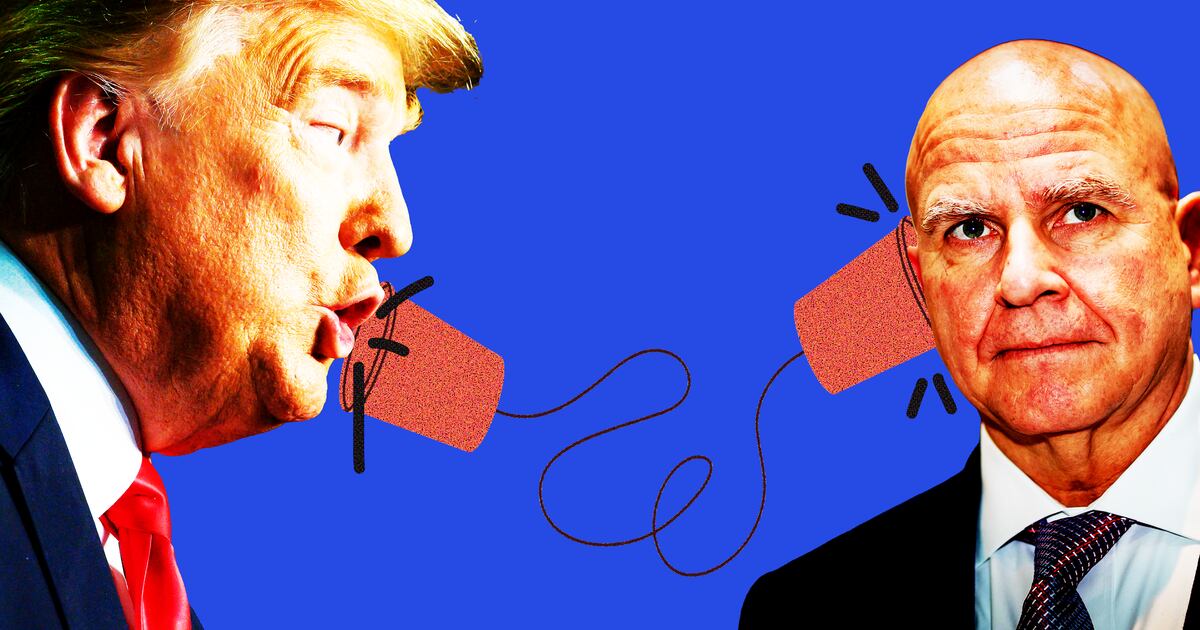At the start of the 2012 presidential campaign, many feared that new campaign-finance rules would unleash a torrent of outside money on the swing states, turning the race into a contest of who had the wealthiest backers.

The truth turns out to be a little more complicated, according to a new study by the Wesleyan Media Project. Despite the presence of many more outside groups with deep pockets backing Republican Mitt Romney, President Barack Obama has managed to achieve parity in ad spending by raising money through the traditional channels and blitzing major media markets in the swing states with ad buys.
The picture is also more nuanced when it comes to the races lower down on the ballots. Voting experts and political operatives say in these elections, people tend to be less familiar with the names on the ticket and so vote for the guys they’ve seen more often on their television screens. Blitz the electorate with ads, the thinking goes, and you just might win—regardless of your platform.
In fact, in eight statewide races for the U.S. Senate where the spending has been heavily lopsided in one direction, the side that spends more has yet to pull to a convincing lead in the polls, according to the Wesleyan report. In many cases, those with big-pocketed backers are actually losing.
Take the Senate race in Ohio, which has seen the most spending of any so-called down-ballot race in the country. There, Democratic incumbent Sherrod Brown spent more than $2.5 million in ads between Sept. 9 and 30, while challenger Josh Mandell spent $3.4 million. Brown is running as an unabashed populist in the nation’s quintessential swing state, one that saw Republicans sweep Democrats out of office up and down the ballot in 2010. But a recent poll has him ahead by 7 points, despite Mandell’s ad blitz.
Florida is seeing a similarly lopsided spending spree. Republican challenger Rep. Connie Mack and his allies have spent more than $2.6 million on the race between Sept. 9 and 30, while incumbent Democrat Bill Nelson and his backers didn’t break the $2 million barrier during the period. The headlines from the Sunshine State, however, say that Nelson is pulling away, and has many more millions in the bank to spend should the race tighten.
In Indiana and Pennsylvania, the mismatch between spending and polls is even more stark. In the Hoosier State, Richard Mourdock, a Tea Party–backed state treasurer who knocked off longtime Sen. Richard Lugar in a GOP primary in May, should be the favorite in this bright red state. Mourdock and his allies have spent $2.1 million going back to Sept. 9, but still find themselves in a tossup with Rep. Joe Donnelly, who spent $600,000 less while making up ground in the polls. In Pennsylvania, challenger Tom Smith has spent more than $2.225 million on ads, while incumbent Democrat Bob Casey spent less than $900,000 in September. Polls show the race tightening in recent days, but probably not enough to put Smith in the lead.
Elsewhere, money seems to be making a difference—at least, for the moment. In Connecticut, former professional-wrestling impresario Linda McMahon has been able to keep the race tight against Rep. Chris Murphy by outspending him by nearly $2 million since Sept. 9. Two recent polls have Murphy ahead by just a few points in a state in which McMahon lost by double digits two years ago and in which Democrats have an overwhelming voter-registration advantage.
In Arizona, former U.S. surgeon general Richard Carmona, a Democrat, was once thought to be a long shot against Republican Congressman Jeff Flake in the race to replace retiring Republican Sen. Jon Kyl. But a $1 million spending advantage for the Democrat has turned the race into a dead heat.
Where money appears to have the biggest influence is in the smaller races. In nearly every congressional race that the Wesleyan study earmarked as seeing the largest influx of cash, the would-be representative who spent the most had an advantage. In Arizona, former congresswoman Ann Kirkpatrick has been able to maintain a hold on a swing seat after having spent nearly $500,000 more than her GOP rival. In Colorado, Democratic congressman Ed Perlmutter was once considered by the Republicans to be a likely target but has kept a lead over beer magnate Ed Coors by outspending him $1 million to $750,000 since Sept. 9. In Massachusetts, Richard Tisei looks increasingly likely to become the first gay Republican congressman after nearly doubling the spending of his Democratic rival during the time period the study highlighted.





